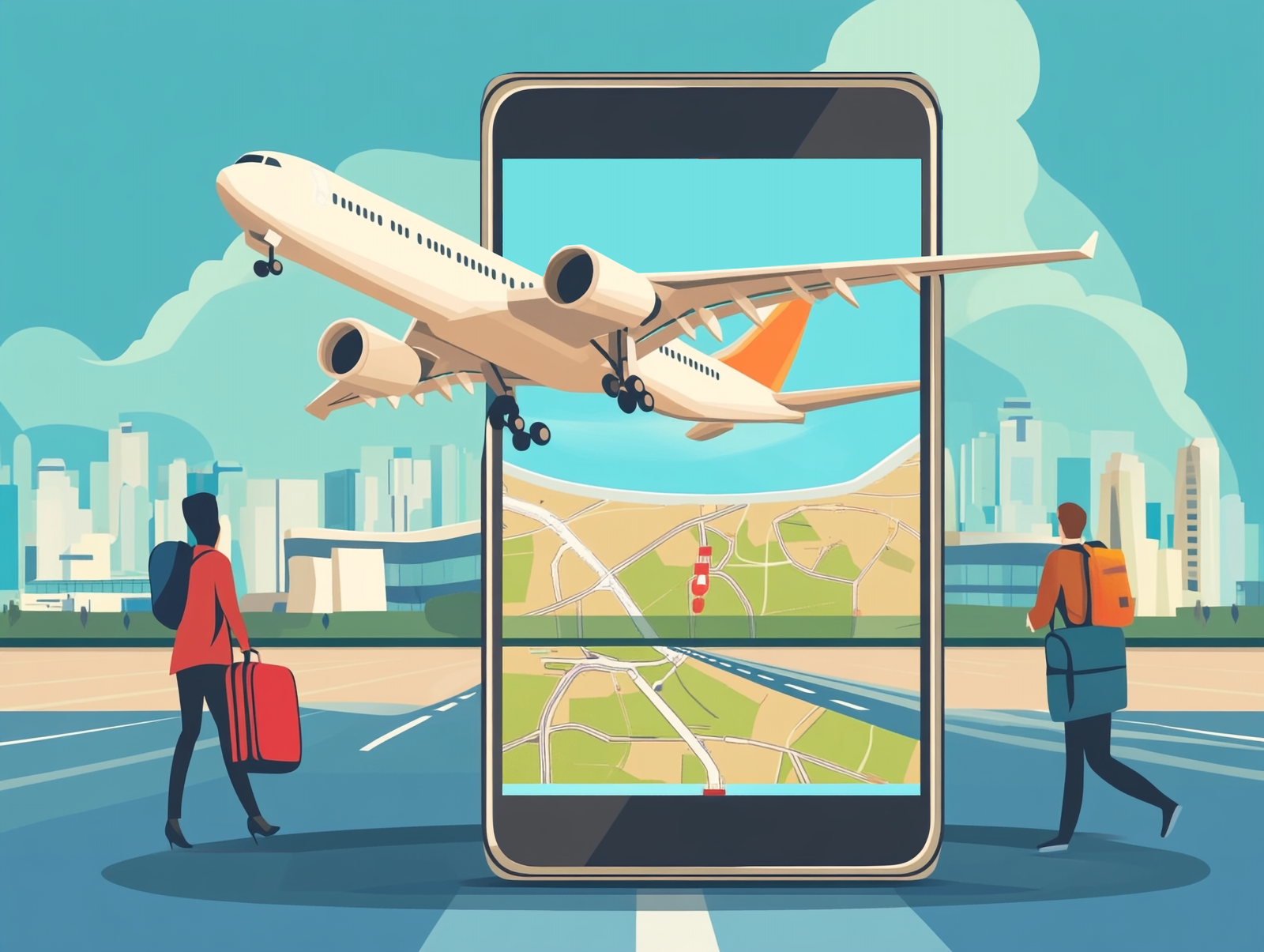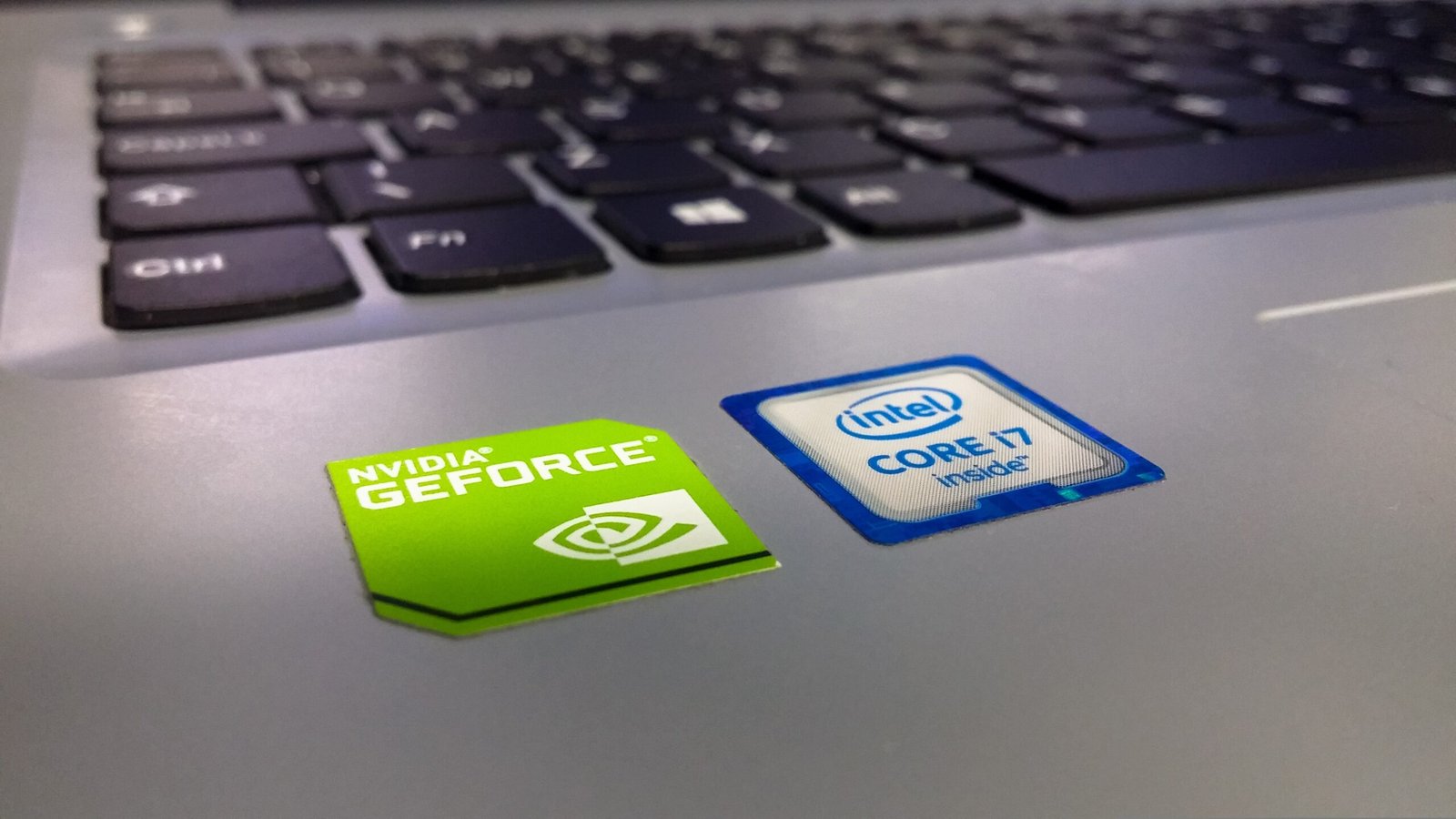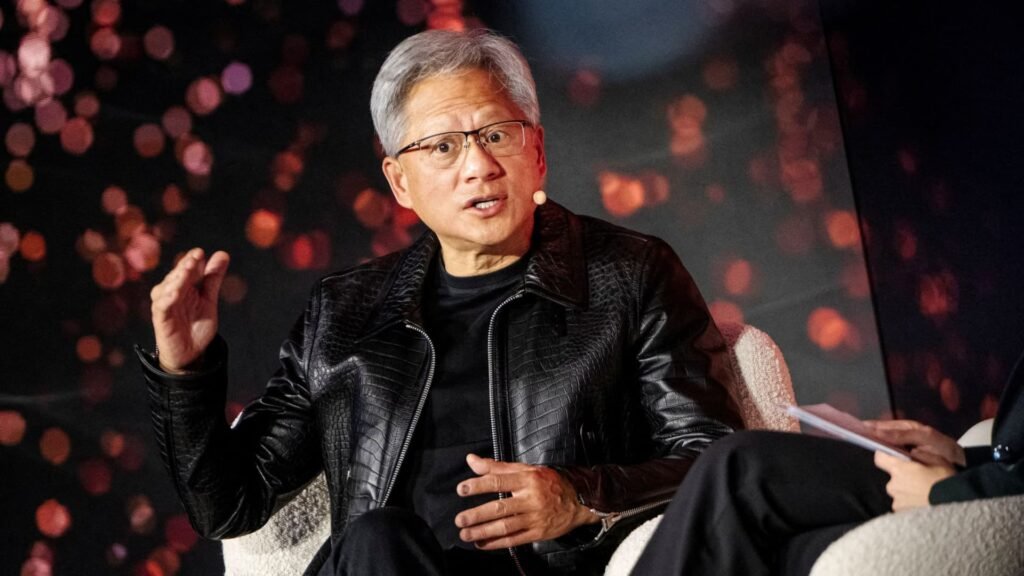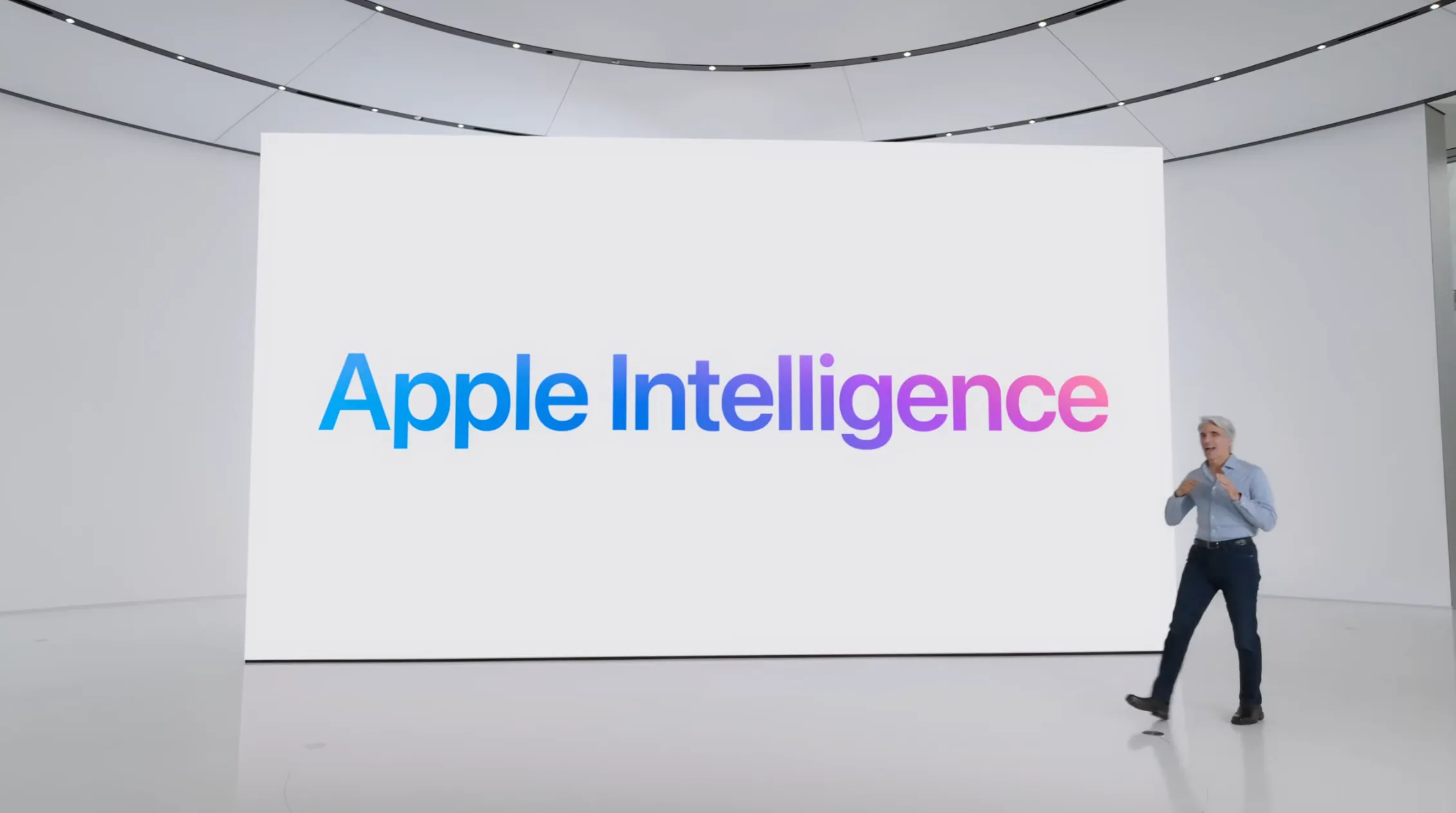In the ever-evolving realm of social media, where the speed of information can sometimes leave us feeling overwhelmed and disconnected, a new trend is emerging that promises to reshape the way we engage and interact online. It’s called Instagram Threads app, and it’s not just any ordinary mobile app—it’s a game-changer that introduces a refreshing approach to online conversations.
Threads App: Unveiling the Future of Social Media
Picture this: You’re on Instagram, scrolling through your feed, and you stumble upon a captivating post about climate change. It piques your interest, and you want to dive deeper into the discussion. Here’s where the magic of Instagram Threads app comes into play.
The Unique Structure of Threads
Instagram Threads app, inspired by the concept initially introduced by Twitter and later adopted by other platforms, offers a departure from the traditional linear structure of social media conversations. Gone are the days of disjointed replies and fragmented discussions. Instead, Threads enables users to create and follow conversations organized around a central topic. It’s like having a virtual roundtable discussion, where every participant’s voice is heard and connected.
Imagine a discussion thread as a tree, with the main topic or the “root” tweet serving as the sturdy trunk. Users can then attach related tweets or replies, like branches, to the root post, creating a coherent and meaningful conversation structure. This ingenious innovation enhances context and clarity in social media conversations, making sure that important points are never lost in the digital noise.
A More Engaging User Experience
Threads app has transformed the user experience on social media platforms, offering a more organized and engaging way to start and participate in discussions. Initiating a discussion is as simple as composing a central post or tweet on a specific topic. This post serves as the heart of the thread, drawing participants into the conversation.
Participating in a thread is equally intuitive. Users can reply directly to the root post or any existing replies within the discussion, promoting targeted and contextualized conversations. What’s more, Threads often includes a “follow” option, allowing users to stay in the loop and receive notifications whenever new replies are added. It’s a surefire way to remain engaged in ongoing discussions and keep the conversation flowing.
Also Read: iPhone 15 vs Z Flip 5 vs Z Fold 5: Comparing specs, impress, cameras
Fostering Niche Communities
One of the most remarkable aspects of Instagram Threads app is its ability to foster niche communities. By organizing conversations around specific topics, Threads creates spaces where like-minded individuals can unite, exchange ideas, and collaborate. For instance, if you’re passionate about climate change, you can initiate a thread, and others interested in the topic can join in. This leads to the formation of niche communities where users bond over shared interests.
The beauty of Threads is that it’s not limited to one topic or one community. Users can easily share threads with others, broadening the horizons of discussions and enabling diverse perspectives to come into play. It’s like having a tool that connects you with people who share your passions and interests, no matter where they are in the world.
Deeper Engagement and Combating Misinformation
With Threads, engagement within communities goes deeper. The structured environment it provides allows users to express their thoughts, opinions, and perspectives more comprehensively and cohesively. It’s more than just a stream of consciousness; it’s a platform for meaningful exchanges.
Moreover, Threads play a pivotal role in combating misinformation and toxic behavior on social media platforms. By offering a structured environment for discussions, Threads encourage users to present evidence, share credible sources, and fact-check information. The hierarchical organization of Threads also facilitates moderation, discouraging toxic behavior by promoting thoughtful and respectful interactions. While it may not completely eliminate these challenges, Threads contribute to a healthier and more informed social media environment.
Also Read: iPhone 16 rumors: Each single aspect we be taught about it so a ways
The Future of Social Media with Threads
As social media continues to shape our online interactions, Instagram Threads app represents a significant shift in how we engage with one another. Threads provide an opportunity to elevate the quality of conversations on social media platforms. By structuring discussions around central topics, Threads enable users to have more coherent and meaningful interactions. This, in turn, leads to more insightful exchanges, deeper engagement, and the potential for collaborative problem-solving.
Despite the immense potential that Threads hold, there are challenges to overcome for widespread adoption and effectiveness. Users may need time to adapt to this new way of engaging with social media. There’s also the risk of conversations becoming fragmented across multiple threads, which could make it challenging to track and engage effectively. Additionally, moderation and accessibility, especially for users with disabilities, are areas that require careful attention.
In conclusion, Instagram Threads app is poised to reshape the future of social media. By enhancing conversation quality, nurturing niche communities, combatting misinformation and toxicity, and amplifying user voices, Threads offer a promising vision of what social media can be. However, addressing challenges such as usability, fragmentation, moderation, and accessibility will be key to realizing the full potential of Threads. As we navigate this exciting transformation, one thing is clear: Instagram Threads app has opened a door to more meaningful and connected online interactions.


 Health4 years ago
Health4 years ago
 Health2 years ago
Health2 years ago
 Health3 years ago
Health3 years ago
 Fashion4 years ago
Fashion4 years ago
 Fashion3 years ago
Fashion3 years ago
 Health3 years ago
Health3 years ago
 Health3 years ago
Health3 years ago
 Health3 years ago
Health3 years ago
 Health3 years ago
Health3 years ago
 Health4 years ago
Health4 years ago


















